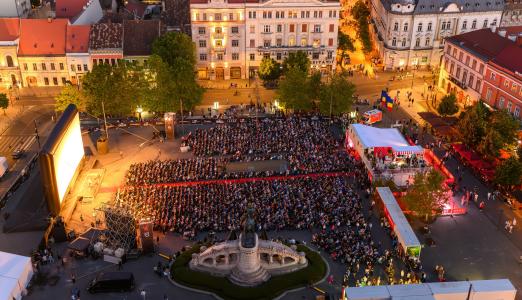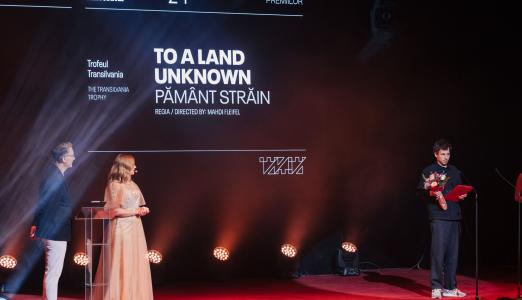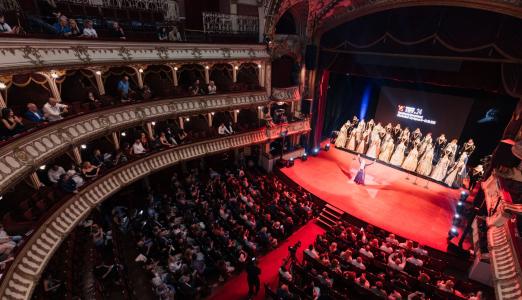PerspecTIFF - The screening of The Exile: Rediscovering Michael Curtiz

You may know him as Michael Curtiz, but early credits designate him as Mihály Kertész. Mostly notorious for directing, among a profuse hundred films, Casablanca, continually canonized as one of the greatest films of all time, Michael Curtiz is one great and greatly unheralded director. Indeed, with the advent of auteur theory, directors like him lost their prominence. He was an expert technician and a man who thrived in the studio system where he stayed – utterly grounded in its M.O. – for nearly twenty years, taking on every assignment in an awfully and frightfully prolific manner. Even though he was responsible for some of the widely acclaimed films of the era, his talent and skills are often diminished by film scholars and critics (and even the director himself in his memorable quote “Who cares about character? I make it go so fast nobody notices”), his versatility in style and genre being often used against him. And yet, his films consistently showed greatness, continuity and vision and reflected his undeniable capacity for getting stellar performances out of some of the greatest stars in the history of cinema. Over time, his reputation has been restored and for this occasion, we should revisit his early, pre-Hollywood works.
In fact, before moving around in Europe and being brought to Hollywood by the Warner Bros. studio, Michael Curtiz was arguably Hungary’s busiest director, making standard romance films of the European essence and helming no less than fourteen films in 1917 alone. Of all the silent films he made in the 1910s, only two have survived in their entirety.
In 2008, Cluj native László Cselényi, discovered by chance in the basement of the Hungarian Cultural Centre in New York the only copy of one of them, The Exile, and had it restored in Budapest, Hungary. What makes The Exile truly unique for TIFF and its audience, local and foreign alike, is the fact that the film was shot in the very city of Cluj-Napoca, in June-July 1914 – because filmmaking was a sideline for the theatre and subsequently restricted to the summer off-season – on such locations as the St Michael Church and the Tailors’ Bastion, the Torga Gorge, the Banks of the Aries River and the Salt Mine of Turda. The Exile and its story about a maid unjustly accused of theft was written by Jenő Janovics, the then director of the National Hungarian Theatre House of Cluj-Napoca and one of the most prolific directors in the early history of cinema, the creator of a film industry in Cluj that spanned eight years – between 1913 and 1921 – and the man who mentored Curtiz and Sándor Kord.
The most magical and fascinating thing for any cinephile is most certainly to watch a silent film on the big screen with a live performance of its score. And, this magic happened last night, at the screening of the restored copy of The Exile, almost a hundred years later, at the same location where it was first projected (20th March 1915), that is, the National Hungarian Theatre House of Cluj-Napoca, with the live performance of Attila Pacsay’s newly written score by the Hungarian Orchestra of Cluj-Napoca, conducted by Szabolcs Kulcsar who also arranged the music of the event.
This screening made us rediscover Michael Curtiz and showed that we have to look past his most renowned film in order to see that there was more to him than just a good and obedient maker of Hollywood products; he is, indeed a director of his native Hungary, his adoptive U.S.A. and ultimately of the world.
Tara Karajica
Article published in AperiTIFF.





